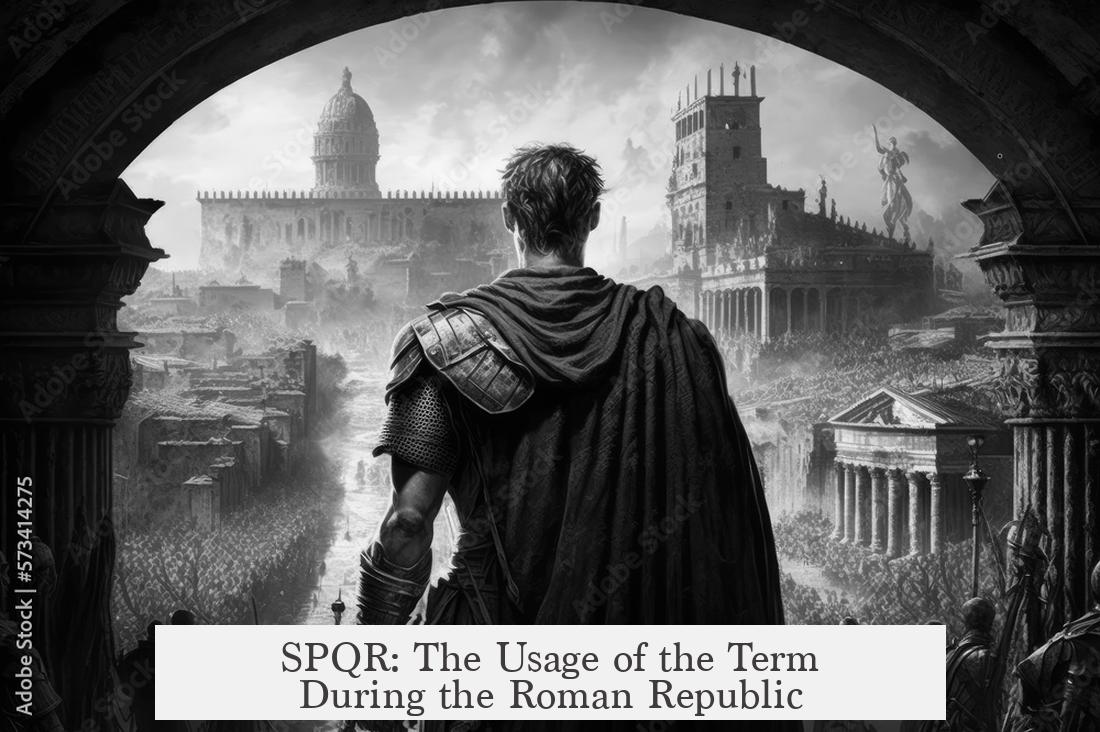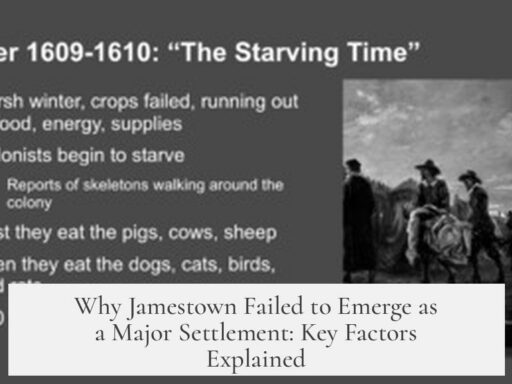The term SPQR was indeed used during the Roman Republic, but its frequent appearance in public inscriptions and coins began around 80 BC, toward the late Republic period. Earlier, official references to the Roman state generally employed the name “Roma” rather than the abbreviation SPQR.
SPQR stands for Senatus Populusque Romanus, meaning “The Senate and People of Rome.” This phrase encapsulates the essence of Roman republican governance, representing a partnership between Rome’s Senate and its citizens. It symbolized the political unity and shared authority that defined the Republic’s ideals.
Evidence shows that while the phrase itself was likely known earlier, its visible adoption in public and political use emerged prominently during the dictatorship of Lucius Cornelius Sulla in the early 80s BC. The timing coincides with Sulla’s restoration of the dictatorship, a period when Rome faced internal strife, civil wars, and political factionalism between the populares and optimates.
Sulla’s revival of the dictatorship came with efforts to emphasize legitimate republican authority amid rising autocratic tendencies. The widespread use of SPQR in political speeches, coins, and monuments during his consulship and dictatorship suggests the phrase served as a powerful reminder of the state’s foundations. It reinforced the idea that authority stemmed from the Senate and the Roman people, not from individual military leaders or warlords.
- Before 80 BC, coins and inscriptions normally displayed “ROMA.”
- SPQR begins to appear on coins and monuments around 80 BC, aligning with Sulla’s dictatorship.
- The phrase was used to symbolize unity between political factions and restore the idea of a shared republican state.
SPQR continued to be used during the late Republic and well into the Imperial era. After Augustus established autocratic rule in 27 BC, the term remained in official use. The early emperors depended on senatorial backing for legitimacy, so maintaining SPQR was vital for preserving the image of republican continuity.
Augustus, in particular, harnessed SPQR as propaganda. He skillfully linked it to a narrative of restoring Rome to a golden age after decades of civil war. The phrase, therefore, was not only a label for the state’s governance but also a tool to emphasize a political ideal that still shaped Roman identity.
During periods of political instability, especially in the Year of the Four Emperors (69 AD), loyalists and usurpers alike invoked SPQR. For example:
- Two legions swore allegiance explicitly to SPQR rather than Emperor Galba, highlighting their loyalty to the Roman state above any ruler.
- Coins minted by various claimants to power prominently featured SPQR to assert their legitimacy against rivals.
The use of SPQR symbolized ongoing loyalty to Rome itself, beyond individual leaders. This demonstrated how deeply ingrained the phrase had become as an emblem of Roman political authority, even during tumultuous times.
| Period | SPQR Usage | Context |
|---|---|---|
| Before 80 BC | Rare or absent | Roman state referred to as “ROMA” on coins and inscriptions |
| c. 80 BC (Sulla’s Dictatorship) | Frequent on coins, monuments, speeches | Symbol of unity, legitimacy amid civil strife |
| Late Republic to Early Empire | Continuously used | Maintaining republican façade under emperors |
| 69 AD (Year of the Four Emperors) | Used by armies and usurpers | Sign of loyalty to Rome over individual rulers |
| Up to 4th Century AD (Constantine the Great) | Used on coins | Final official uses, continued imperial symbolism |
In summary, the term SPQR originated during the Roman Republic and gained widespread use around 80 BC. It represented the shared authority of Senate and people. The phrase became a key political symbol during late Republican conflicts and continued into imperial times as a symbol of the Roman state’s enduring ideals.
- SPQR means “Senate and People of Rome.”
- Not frequently used before 80 BC; “ROMA” was more common.
- Popularized during Sulla’s dictatorship to reinforce republican authority.
- Stayed in use through the early Empire as a symbol of Rome’s governance.
- Used in political propaganda and during conflicts to emphasize loyalty to Rome over individuals.




